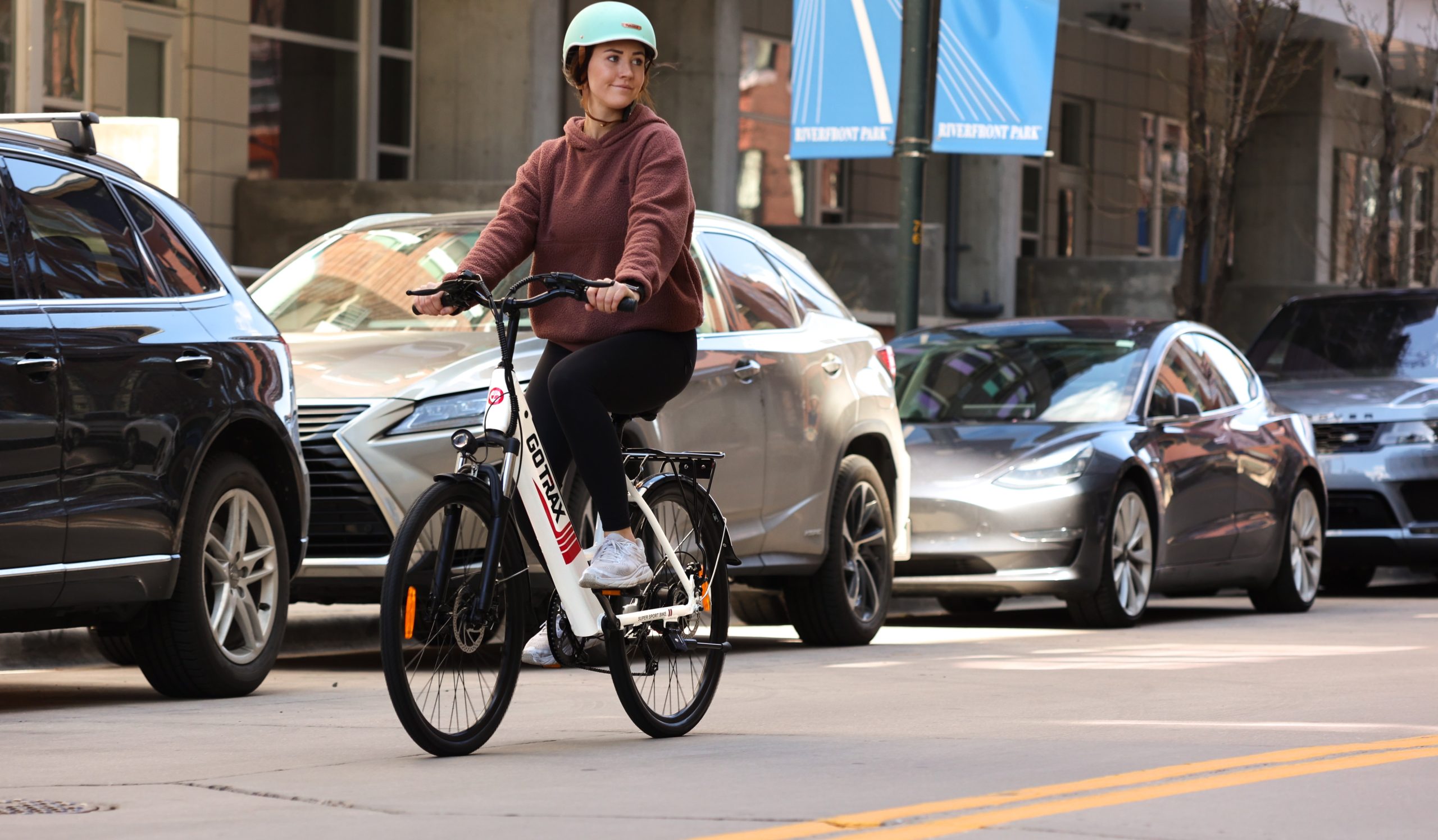Everything You Need to Know About E-Bike Laws in Ohio
Posted in Accident & Injury, Automobile, Car Accident, Motorcycle Accident on August 4, 2023

E-bikes, or electric bikes, have gained immense popularity in recent years as a convenient and eco-friendly mode of transportation. While these electric-powered bicycles offer numerous benefits, they also have specific risks, mainly related to accidents and safety. In this blog post, we will explore what e-bikes are, examine accident statistics, discuss Ohio laws concerning e-bike usage, and offer essential safety tips to promote responsible riding.
What are E-Bikes?
E-bikes are bicycles equipped with an electric motor that assists riders while pedaling, providing varying levels of power and speed. These electric motors are typically powered by rechargeable batteries, which make them eco-friendly and cost-effective alternatives to traditional gas-powered vehicles. There are different classes of e-bikes, each with specific power and speed limitations, categorized based on their motor output and maximum assisted speed.
E-bike accidents have become a growing concern as their popularity has surged. The U.S. Consumer Product Safety Commission (CPSC) reported a significant increase in emergency department visits related to micro-mobility products, such as e-bikes, e-scooters, and hoverboards. Between 2017 and 2021, these visits more than doubled, highlighting the growing safety concerns associated with these popular modes of transportation.
Ohio Law
In Ohio, e-bikes are regulated similarly to traditional bicycles, with some specific rules distinguishing them from motorcycles and mopeds. Violations may result in minor or more severe misdemeanors.
- Labeling: E-bike manufacturers must label each bike, stating its class (class 1, 2, or 3), top speed, and motor power. This label helps riders and authorities know the bike’s capabilities.
- No Modifications: Changing an e-bike’s top speed is only allowed if you update the label to match the new speed.
- Safety Standards: E-bike manufacturers must meet safety requirements set by the Consumer Product Safety Commission.
- Where to Ride: Class 1 and 2 e-bikes can use bike paths and shared paths unless local rules say otherwise. Class 3 e-bikes are allowed near highways or where authorized by local or state authorities. They are only allowed on paths meant for hiking, mountain biking, or non-motorized use if authorized.
- Age and Helmets: If you’re under 16, you can’t ride a class 3 e-bike, but you can be a passenger on one made for passengers. Everyone, regardless of age, must wear a helmet.
How to Stay Safe While Riding E-Bikes:
- Wear a Helmet: Always wear a properly fitted helmet to protect yourself from head injuries in the event of an accident.
- Know Your Bike: Understand the features and limitations of your e-bike, such as the different power levels and how to control speed effectively.
- Follow Traffic Rules: Obey all traffic laws, signals, and signs, just like any other road user.
- Use Bike Lanes: Whenever possible, ride in designated bike lanes or on bike paths to minimize the risk of collisions with motor vehicles.
- Be Visible: Equip your e-bike with lights, reflectors, and brightly colored clothing to increase visibility, especially when riding at dusk or night.
- Maintain Safe Speeds: Avoid excessive speeds and always ride at a pace that allows you to maintain control and react to unexpected obstacles.
E-bikes offer an exciting and sustainable means of transportation but come with their share of safety considerations. Understanding e-bike accident statistics, Ohio laws, and following essential safety guidelines will help riders make informed decisions and reduce the likelihood of accidents. At Elk + Elk, we encourage responsible riding practices to ensure the safety of e-bike enthusiasts and the public.